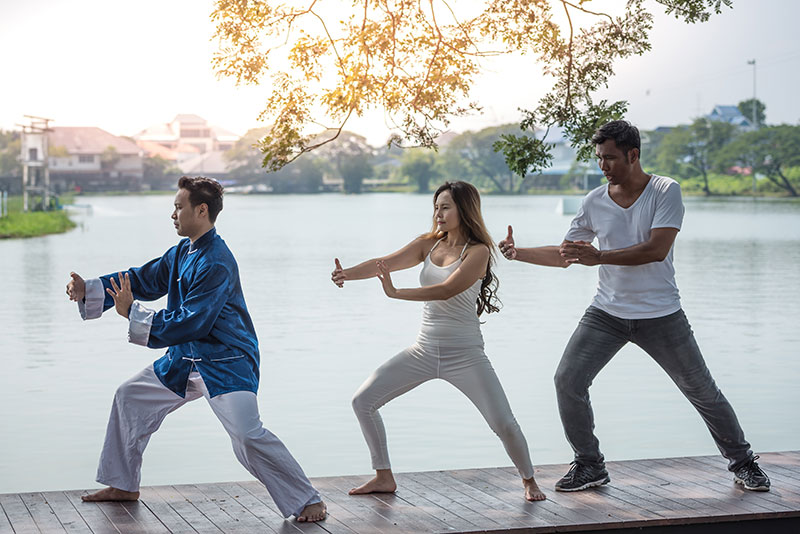The Sound of Healing
Tibetan singing bowls have been used for centuries by Buddhist monks as a way to promote relaxation through the sound of healing. The bowls can be made from various types of metal, like copper, iron, and gold, and produce a vibrating ringing sound when hit with a mallet. The sound of healing originates from the Himalayas but became popular worldwide as more and more people discovered them.
Do Tibetan Singing Bowls Work?
The bowls have long been used as tools for meditation and relaxation, and many users report other health benefits they have felt from this sound of healing practice
- Meditation
- These bowls are commonly used as a meditation tool. The sounds from the bowl can help the meditator relax and tune into their inner thoughts as they delve into mindfulness and self-reflection.
- Relaxation
- The sounds of the Tibetan bowls have been said to help relieve anxiety and stress. It has also been reported to improve mood and help with depression. Many also report better sleep after listening to the bowls due to this increased state of relaxation.
- Pain relief
- Some use these bowls as a way of easing physical pains. Many users claim that the vibrations help with joint pain and muscle tension. This may be due to the extreme state of relaxation that sound therapy can provide. The vibration of the bowls may also calm a headache or migraine. The more relaxed our minds and bodies are, the more receptive we are to healing. It’s also speculated that the vibration helps our cells, tissues, and organs synchronize and overall provide a better flow for our bodies.
- Backed by science
- In 2019, the Journal of Behavior Therapy and Mental Health found that just 20 minutes of listening to the singing bowl sounds can decrease the stress index and heart rate variability, which results in increased relaxation for the listener.
- A study published in the Journal of Evidence-Based Complementary and Alternative Medicine in 2017 concluded that the healing sounds can decrease pain and tension and increase mood and overall wellbeing.
Where To Listen To Tibetan Singing Bowls
Luckily, it’s easy to access these healing sounds and begin your own sessions of sound therapy. For the most authentic experience, purchasing your own singing bowl is the best option. You can find these via online retailers, meditation centers, spiritual shops, and some yoga studios. An alternative option is online audio recordings. Listening platforms such as Spotify or YouTube have hundreds of options to choose from which let you access these sounds anytime from anywhere.
User Guide To The Tibetan Bowl Sounds of Healing
- Reaping the psychological effects of the bowls is best achieved through low tones (think the classic meditation OMM sound). There are many different types of bowls, but the Ultabati and Jamabati bowls are known to facilitate meditation and relaxation due to their deep sound.
- Reduction of physical pain and ailments is best achieved from very high-pitched sounds, which are said to drive anything malicious out of the body. For this experience, a Mani bowl is recommended.
Visit Wellness Inspirations to hear the Tibetan Bowl Sounds of Healing
Visiting Tibet
Tibet is an autonomous region governed by China that is sometimes referred to as “the roof of the world.” Tibet is home to famous landmarks such as the world’s highest point, Mount Everest, and the world’s highest castle, Potala Palace. A primarily Buddhist region, there are several monasteries spread through the landscape.
Tibet is full of architecture, rocky terrain, and lake-filled valleys. The Dalai Lama encourages travel to Tibet to experience its unique culture and beliefs. Many of original Tibetan sites were destroyed in the 1950’s during the cultural revolution– when Tibet became the Tibet Autonomous Region of China. The remaining sites are very sacred to Tibetans.
Something tourists will notice is the change in altitude. The average altitude of Tibet is 4,500 and it may take some time to get used to.
The majority of Tibet’s tourism is managed by China. Independent travel is not permissible. You must travel through an organized tour group by a certified travel agent. The trip itinerary must be pre-approved and may not be changed. Due to Covid-19 China may open its borders in May or June 2023, but this is subject to change.





